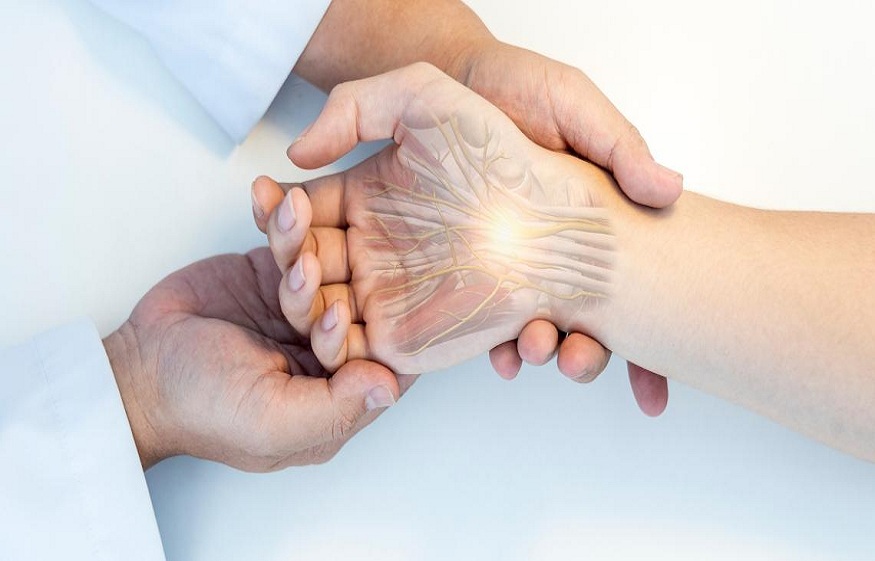Orthopedic surgeons work to solve the puzzles of hand surgery. The hand, with its many bones and tendons, can present unique challenges. Whether addressing fractures, ligament tears, or nerve issues, precision is key. The complexity of hand surgery requires a deep understanding of anatomy. Like the intricate steps needed to treat an Alamo Heights high ankle sprain, hand surgery demands skill. By breaking down each component, orthopedic surgeons restore function and relieve pain.
The Anatomy of the Hand
The human hand is a masterpiece of engineering. It consists of 27 bones, numerous muscles, ligaments, and tendons working together. This delicate structure allows us to perform a variety of tasks. From grasping a pen to typing, the hand’s capabilities are vast.
Understanding this anatomy is critical in hand surgery. Each bone and tendon has a specific role. Surgeons must navigate this intricate network with precision. Mistakes can affect hand function, making expertise vital.
Common Hand Conditions
Hand injuries and conditions can arise from various causes. These can range from sports injuries to chronic conditions like arthritis. Common surgical conditions include:
- Fractures: Breaks in the bones of the hand
- Carpal Tunnel Syndrome: Compression of the median nerve
- Tendon Injuries: Tears or ruptures in the tendons
Each condition requires a tailored approach. For example, treating a fracture might involve pins or plates. Carpal tunnel syndrome could need nerve decompression.
Hand Surgery Techniques
Surgical techniques vary based on the condition. Some common procedures include:
- Open Reduction: Aligning bones through open surgery
- Endoscopic Surgery: Minimally invasive technique using small incisions
- Tendon Repair: Reattaching or reconstructing torn tendons
These techniques aim to restore hand function. Surgeons choose the best approach based on the injury’s complexity and the patient’s needs.
Recovery and Rehabilitation
Recovery from hand surgery involves several steps. First, there is a period of rest. This allows the hand to heal properly. Depending on the surgery, this could range from a few weeks to several months.
Rehabilitation is the next step. Physical therapy helps restore strength and flexibility. Exercises range from simple finger movements to advanced grip training. The goal is to return to daily activities without pain or limitation.
Routine care is more effective after treatment. Following post-operative instructions and attending therapy sessions can speed recovery.
Comparing Hand Surgery Techniques
A quick comparison of two common hand surgery techniques can clarify their differences:
| Technique | Description | Benefits |
| Open Reduction | Aligning bones through direct visualization | Precise alignment and fixation |
| Endoscopic Surgery | Using a camera and small tools through tiny incisions | Less scarring and quicker recovery |
Looking Ahead
Advancements in technology continue to improve hand surgery. Robotic-assisted surgeries and 3D printing offer new possibilities. These innovations aim to enhance precision and outcomes.
For those experiencing hand issues, consulting an orthopedic surgeon is crucial. They can provide guidance and develop a personalized treatment plan. More information can be found through resources like the National Institute of Arthritis and Musculoskeletal and Skin Diseases.
Hand surgery remains a cornerstone of orthopedic practice. Its complexities require dedicated training and skill. The goal is always the same: to restore function and improve quality of life.

